Fire-resistant plasterboard, or GKLO, increases the fire safety at home, which is a certain plus. We tell more about this material and the intricacies of working with it.
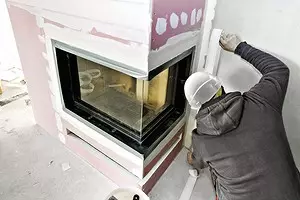
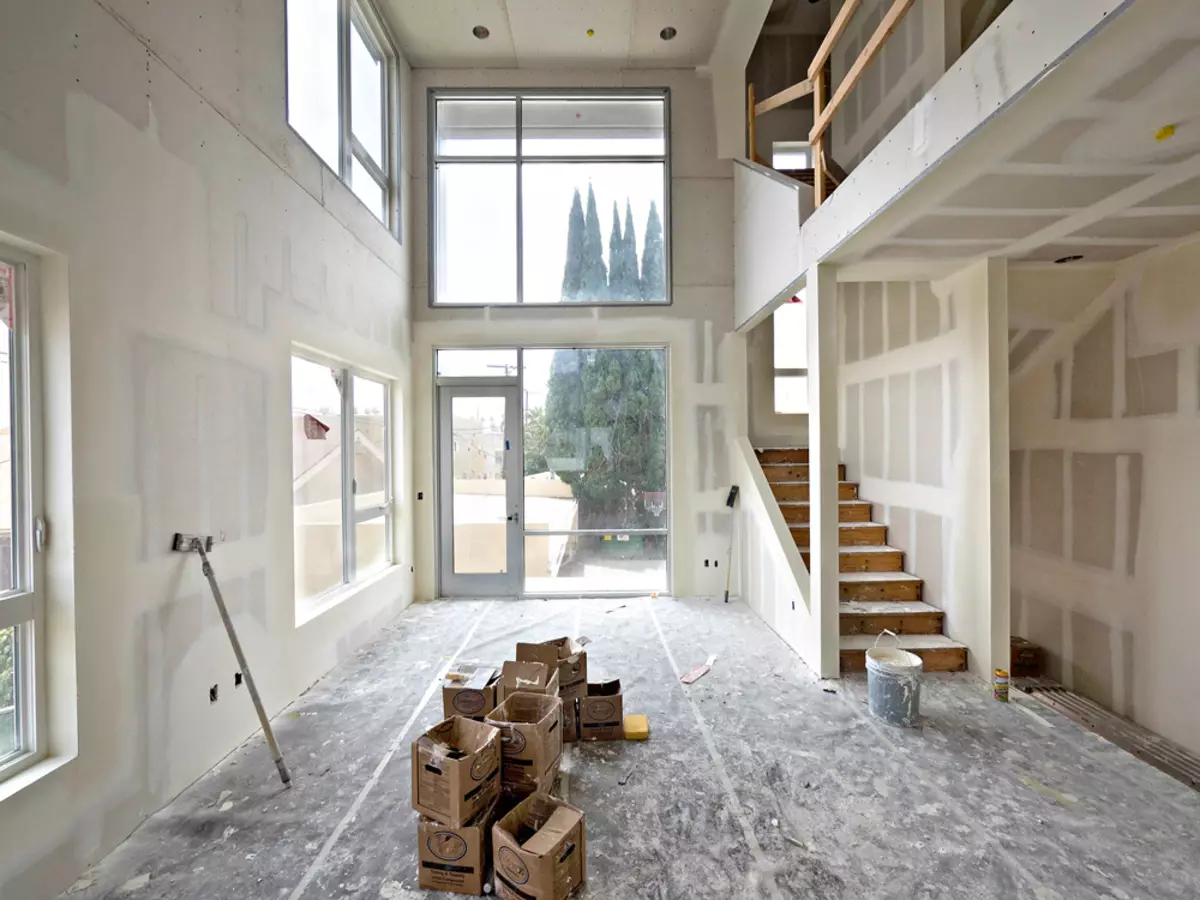
Photo: shutterstock / fotodom.ru
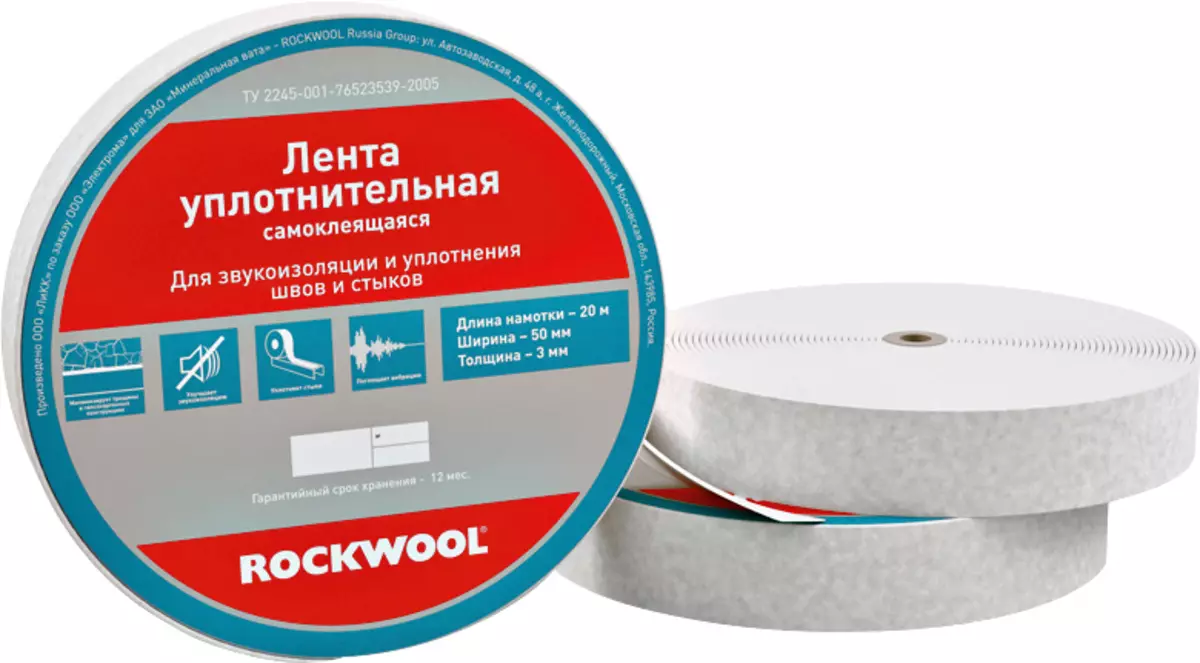
Sealing self-adhesive Rockwool tape based on foamed poly-ethylene, length 20 m (260 руб. / PC.). Photo: Rockwool.
Despite the fact that large manufacturers produce plasterboard of different types, when redeveloping and finishing apartments and houses, two are most often used by two: ordinary and moisture resistant. But the fire-resistant plasterboard (GKLO or in a new standard - GSP-DF), with the increased resistance of a plaster core to the effects of an open flame, almost never occurs in apartments and homes.
The fact is that the Federal Law of July 22, 2008 No. 123-FZ "Technical Regulations on Fire Safety Requirements" is primarily applied to public buildings, high-altitude houses and partitions between apartments. Therefore, GKLO is actively used in hospitals, schools and other public buildings, where a higher limit of fire resistance is needed. However, any finish from ordinary drywall increases the fire safety of the premises. After all, gypsum is a non-combustible and fire-resistant material, and the gypsum core contains approximately 20% of crystallized water. That is, 1 m² of a sheet with a thickness of 12.5 mm its volume is about 2 liters. At the same time, the desire to increase the limit of fire resistance of an apartment or a country house is very reasonable. Then, in the case of a fire, households will receive an extra time for evacuation. Judge for yourself: a single-layer septum with a trim from conventional drywall is able to withstand the effect of flame of about 45 minutes, and with a cover from GKLO (GSP-DF) - 60 min. In two-layer partitions, this time increases, respectively, up to 60 minutes for conventional GCC and 90 min for fire-resistant. Although the class of fire danger among these materials is the same - km2.
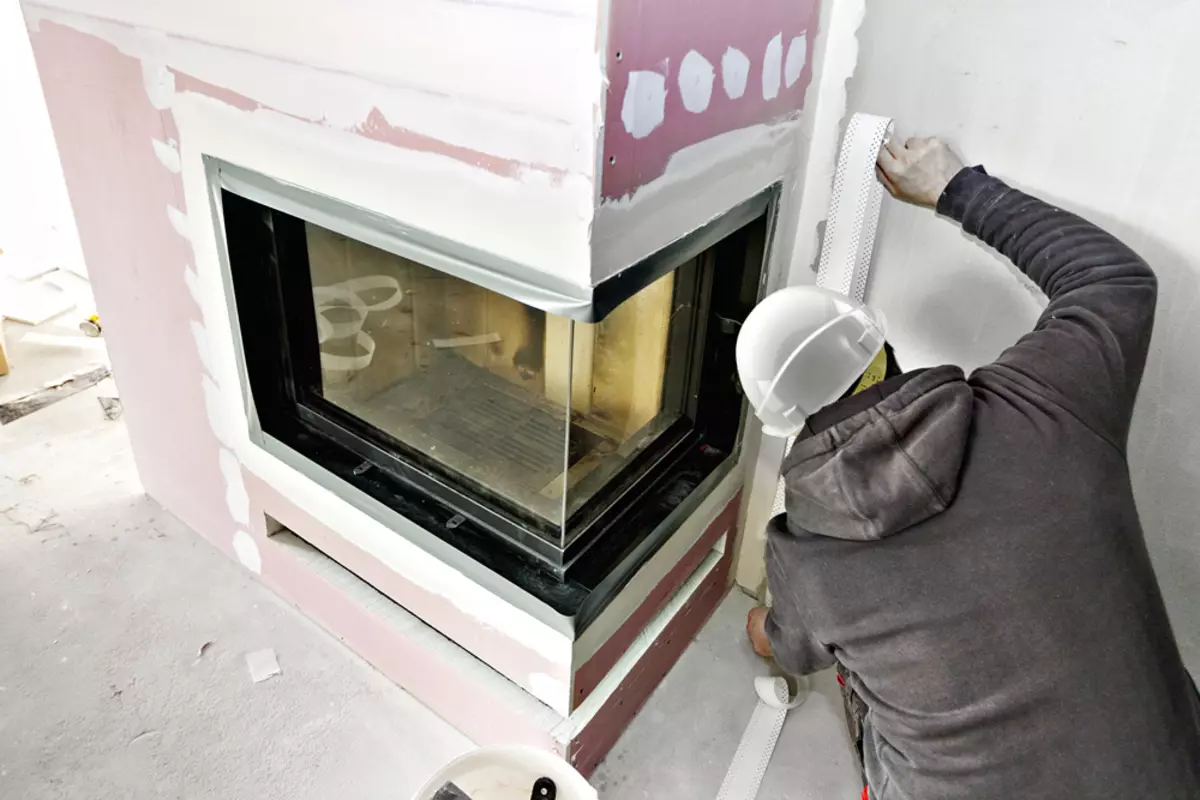
Photo: shutterstock / fotodom.ru
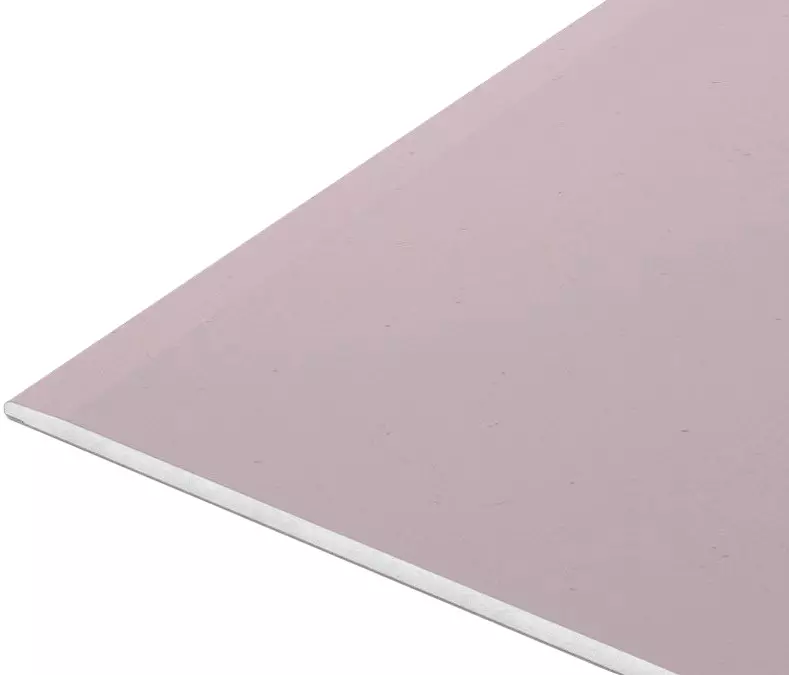
KNAUF-leaf fire-resistant (GSP-DF), size 2500 × 1200 × 12.5 mm (3 m²), weight 30.6 kg (368 руб. / PC.). Photo: Knauf.
The main differences of fire-resistant drywall from the usual is an increased density of the core, the presence of special additives and reinforcement with special fibers, making the material longer with the heating and flame before destruction. Material is produced by the company "VOLMA", KNAUF, Saint-Goben (Gyproc trademark). The cost of sheet 2500 × 1200 × 12.5 mm begins with 350 rubles. By the way, manufacturers highlight materials of this type with a pink tint of cardboard cladding. On it, even a person inexperienced in construction and finishing materials can immediately guess that there is a fire-resistant GLK.
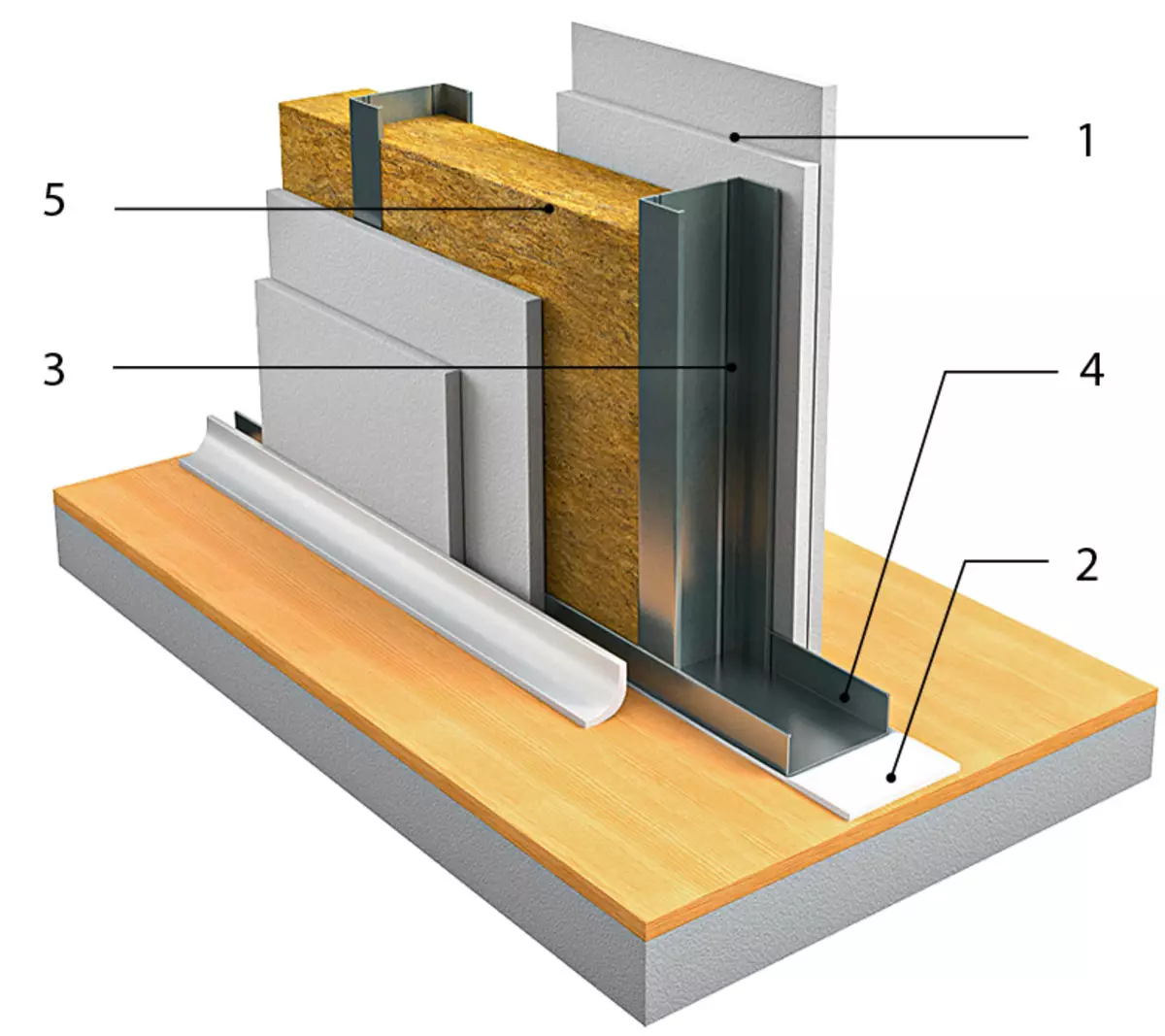
The design of the partition on the metallic frame: 1 - sheathing of two layers of plasterboard; 2 - Rockwool sealing tape based on foamed polyethylene; 3 - vertical stand; 4 - horizontal guide; 5 - Sound-absorbing plates of stone wool Rockwool "Acoustic Batts"
Do not perceive GKLO as a panacea from all troubles. For example, when adjusting the fireplace, it can be used as a base for the external finish. But in the zone of elevated temperatures or in areas of direct contact with the furnace, special materials and structures are used, which will ensure reliable protection against fire. Fire-resistant plasterboard will be useful when erecting partitions and cladding in country houses, especially in mansard rooms, which are often made from wood, even if the lower floors are stone. In the event of a fire, it will increase the time segment for which it will be possible to try to put out the fire independently or withstand the time before the fire truck's arrival arrival.
Construction of the interior partition from GKLO
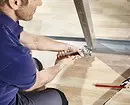


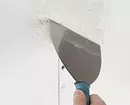
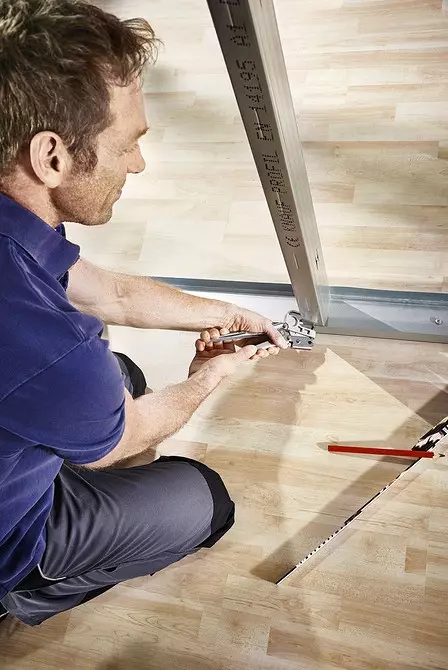
On the floor and the ceiling on the sealing tape are installed horizontal guides. Then mounted vertical guides and connect them with each other. Photo: Wolfcraft.
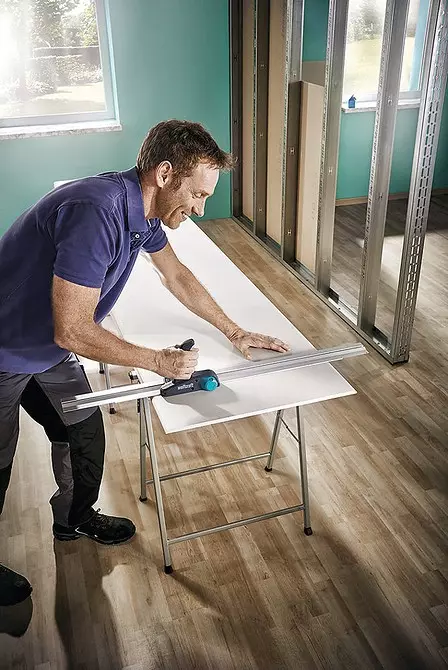
The sheetsockarton sheets are fixed, while drying and hanging the edge of the plane. Photo: Wolfcraft.
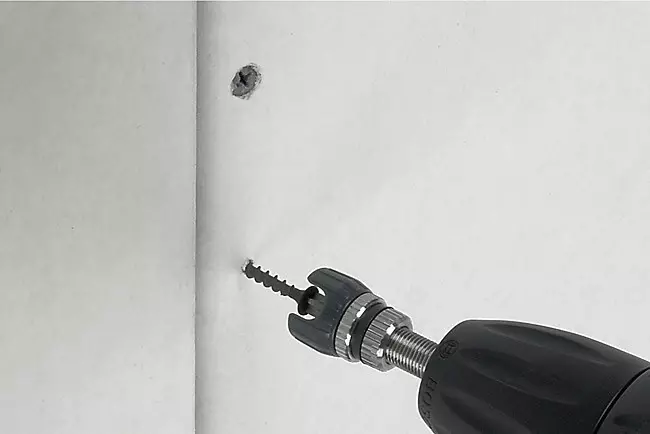
After installing the plates of heat and sound insulation, the design is trimmed with plasterboard on the other hand. Photo: Wolfcraft.
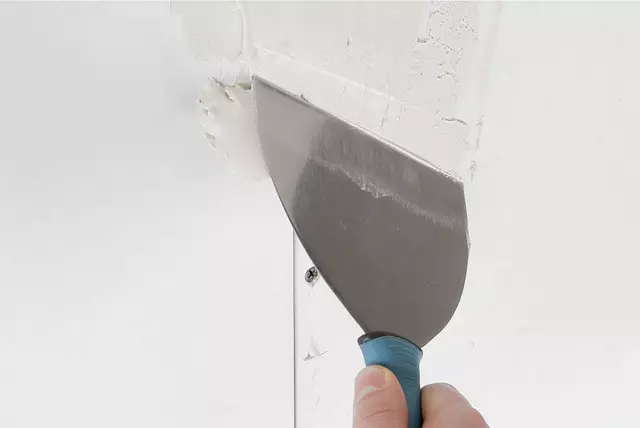
Having finished the installation, the surface is prepared for the finish finish. The seams are put off, lay the reinforcing ribbon and put sand again. After drying the composition of the seams grind. Photo: Wolfcraft.

